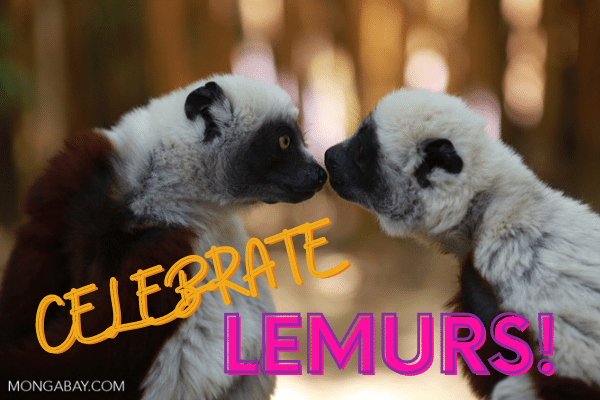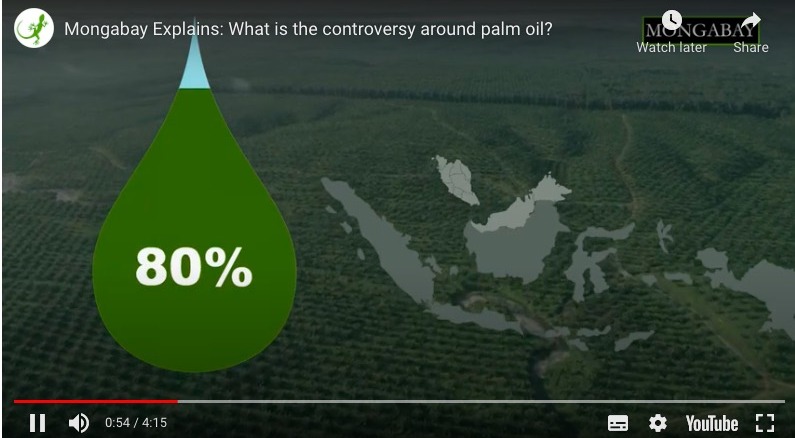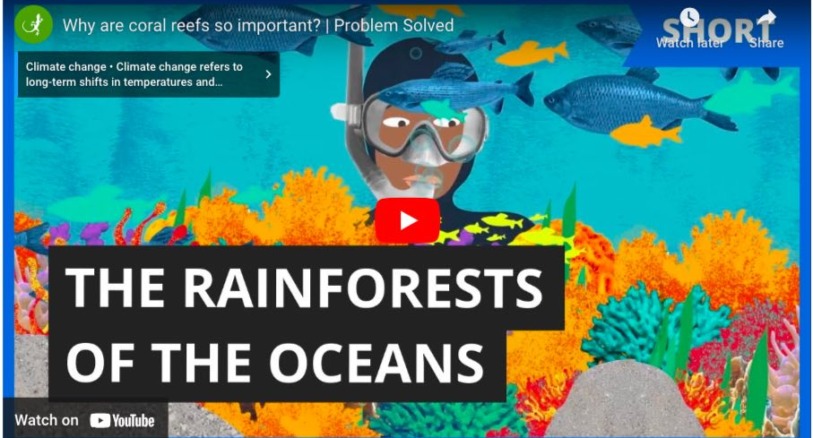Do you love fruit? Ring-tailed lemurs do! Find out how their love of fruit helps forests grow in Madagascar. Watch this video by the Lemur Conservation Network to learn more:
Video credit: created by Tif Lester for Lemur Conservation Network
Explainer: What is seed dispersal?
Most plants produce seeds. This is how they reproduce. These seeds grow into new plants.
Plants use the wind, water, gravity, animals, and other tricks to spread their seeds far and wide. This is called seed dispersal.
Imagine if all seeds were to drop close to their parent plant: They would have to compete for vital resources like sunlight, water, and nutrients. Seed dispersal helps plants survive and grow in all sorts of places. Plants can grow in new areas where they didn’t grow before. Seed dispersal also helps plants maintain genetic diversity – this keeps plants healthy and able to adapt to environmental change.
Have a chat!
Conversation drivers:
- Describe how ring-tailed lemurs move seeds around the dry and spiny forests of Madagascar.
- The video shows how some plant seeds survive digestion. How does lemur poop help these seeds germinate and grow? Do you ever use animal poop as a fertilizer in your vegetable or flower garden?
- What might happen to forests if lemurs and other animals that disperse seeds are no longer there?
- The video mentions that many primates around the world are seed dispersers. What other groups of animals disperse seeds? (Hint: See stories below for some ideas.)
- Can you think of any animals in your local area that help disperse seeds?
Other seed dispersers
Here are more stories about animals that are important seed dispersers in the ecosystems where they live.

Dugongs and turtles help seagrasses grow, and this is important

Image: Julien Willem (CC BY-SA 2.0)

Learn more about lemurs!

Also visit the Lemur Conservation Network’s Learn page!






